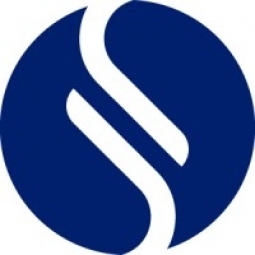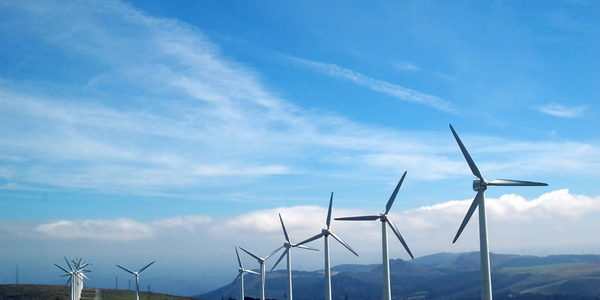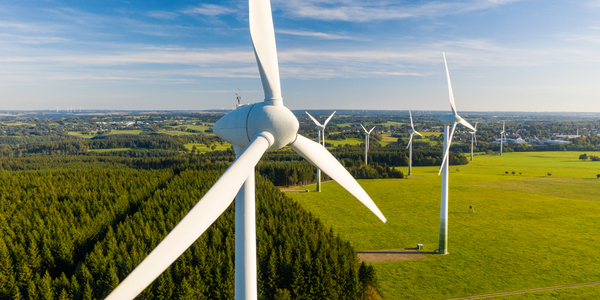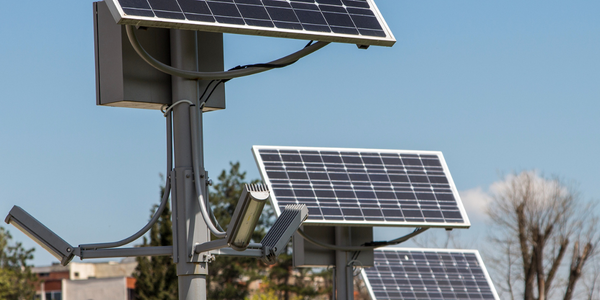Meridian: Increasing productivity and building credibility with transparent energy and greenhouse gas management

Customer Company Size
Large Corporate
Region
- Pacific
Country
- New Zealand
Product
- SoFi Enterprise Sustainability Performance solution
Tech Stack
- Web-based information management system
Implementation Scale
- Enterprise-wide Deployment
Impact Metrics
- Productivity Improvements
- Environmental Impact Reduction
- Brand Awareness
Technology Category
- Platform as a Service (PaaS) - Data Management Platforms
Applicable Industries
- Renewable Energy
Applicable Functions
- Business Operation
Use Cases
- Energy Management System
Services
- Cloud Planning, Design & Implementation Services
- System Integration
About The Customer
Meridian Energy is an integrated renewable energy company. They are the largest electricity generator in New Zealand, generating power from 100% renewable resources. Meridian retails electricity to homes, farms and businesses across the country, through their Meridian and Powershop brands. The company's business strategy involves the integrated development, generation and retail of electricity, offshore development of renewable energy and innovation in energy services. Reducing greenhouse gas (GHG) emissions is a fundamental part of their renewable energy proposition. Meridian is committed to conserving energy and reducing GHG emissions not only in their own operations but also through developing renewable energy generation that reduces the GHG intensity of New Zealand’s total electricity supply.
The Challenge
Meridian, a renewable energy company, was faced with increased stakeholder interest in its own energy consumption and greenhouse gas (GHG) emissions. The company wanted to move to best-practice carbon and energy reporting and saw a growing need to provide more accurate reports on emissions as well as credible reduction initiatives. This would help to communicate with key stakeholders in a confident and authentic manner. However, Meridian’s GHG accounting system was a spreadsheet-based solution requiring manual data entry, multiple checks and re-checks and frequent requests to update data. It was an inefficient system that posed credibility risks through data integrity issues and made analysis difficult.
The Solution
Sphera implemented the SoFi Enterprise Sustainability Performance solution, a central software platform for streamlined collection, analysis and reporting of energy consumption and GHG emissions. The implementation achieved three goals simultaneously: Conversion from a spreadsheet based accounting system to a user-friendly web-based information management system; Extension of current GHG reporting to include more Scope 3 emission sources such as employees commuting and purchased goods and services; Restructuring and streamlining of Meridian’s reporting and auditing process.
Operational Impact
Quantitative Benefit

Case Study missing?
Start adding your own!
Register with your work email and create a new case study profile for your business.
Related Case Studies.

Case Study
Remote Monitoring & Predictive Maintenance App for a Solar Energy System
The maintenance & tracking of various modules was an overhead for the customer due to the huge labor costs involved. Being an advanced solar solutions provider, they wanted to ensure early detection of issues and provide the best-in-class customer experience. Hence they wanted to automate the whole process.

Case Study
Vestas: Turning Climate into Capital with Big Data
Making wind a reliable source of energy depends greatly on the placement of the wind turbines used to produce electricity. Turbulence is a significant factor as it strains turbine components, making them more likely to fail. Vestas wanted to pinpoint the optimal location for wind turbines to maximize power generation and reduce energy costs.

Case Study
Siemens Wind Power
Wind provides clean, renewable energy. The core concept is simple: wind turbines spin blades to generate power. However, today's systems are anything but simple. Modern wind turbines have blades that sweep a 120 meter circle, cost more than 1 million dollars and generate multiple megawatts of power. Each turbine may include up to 1,000 sensors and actuators – integrating strain gages, bearing monitors and power conditioning technology. The turbine can control blade speed and power generation by altering the blade pitch and power extraction. Controlling the turbine is a sophisticated job requiring many cooperating processors closing high-speed loops and implementing intelligent monitoring and optimization algorithms. But the real challenge is integrating these turbines so that they work together. A wind farm may include hundreds of turbines. They are often installed in difficult-to-access locations at sea. The farm must implement a fundamentally and truly distributed control system. Like all power systems, the goal of the farm is to match generation to load. A farm with hundreds of turbines must optimize that load by balancing the loading and generation across a wide geography. Wind, of course, is dynamic. Almost every picture of a wind farm shows a calm sea and a setting sun. But things get challenging when a storm goes through the wind farm. In a storm, the control system must decide how to take energy out of gusts to generate constant power. It must intelligently balance load across many turbines. And a critical consideration is the loading and potential damage to a half-billion-dollar installed asset. This is no environment for a slow or undependable control system. Reliability and performance are crucial.

Case Study
Remote Monitoring and Control for a Windmill Generator
As concerns over global warming continue to grow, green technologies are becoming increasingly popular. Wind turbine companies provide an excellent alternative to burning fossil fuels by harnessing kinetic energy from the wind and converting it into electricity. A typical wind farm may include over 80 wind turbines so efficient and reliable networks to manage and control these installations are imperative. Each wind turbine includes a generator and a variety of serial components such as a water cooler, high voltage transformer, ultrasonic wind sensors, yaw gear, blade bearing, pitch cylinder, and hub controller. All of these components are controlled by a PLC and communicate with the ground host. Due to the total integration of these devices into an Ethernet network, one of our customers in the wind turbine industry needed a serial-to-Ethernet solution that can operate reliably for years without interruption.

Case Study
Temperature monitoring for vaccine fridges
Dulas wanted a way to improve the reliability of the cold chain, facilitating maintenance and ensuring fewer vaccines are spoiled. Dulas wanted an M2M solution which would enable them to record and report the temperature inside vaccine refrigerators.

Case Study
IoT Powering A New Way to Light Streets with Bifacial Solar Panels
When James Meringer’s commercial contracting business experienced a rapid increase in solar projects, he also saw an opportunity to extend the benefits of solar by using the bifacial solar panels he’d become familiar with in new ways. Bifacial solar panels enable sunlight from both sides of the panel, making it a more efficient harvest of solar power. Seeing the panel’s power, James and his team set out to use the same technology for street lighting. Until now, solar street lights have served as utilitarian solutions that force designers to choose between form and function. The Mira Bella Energy team has changed that.






